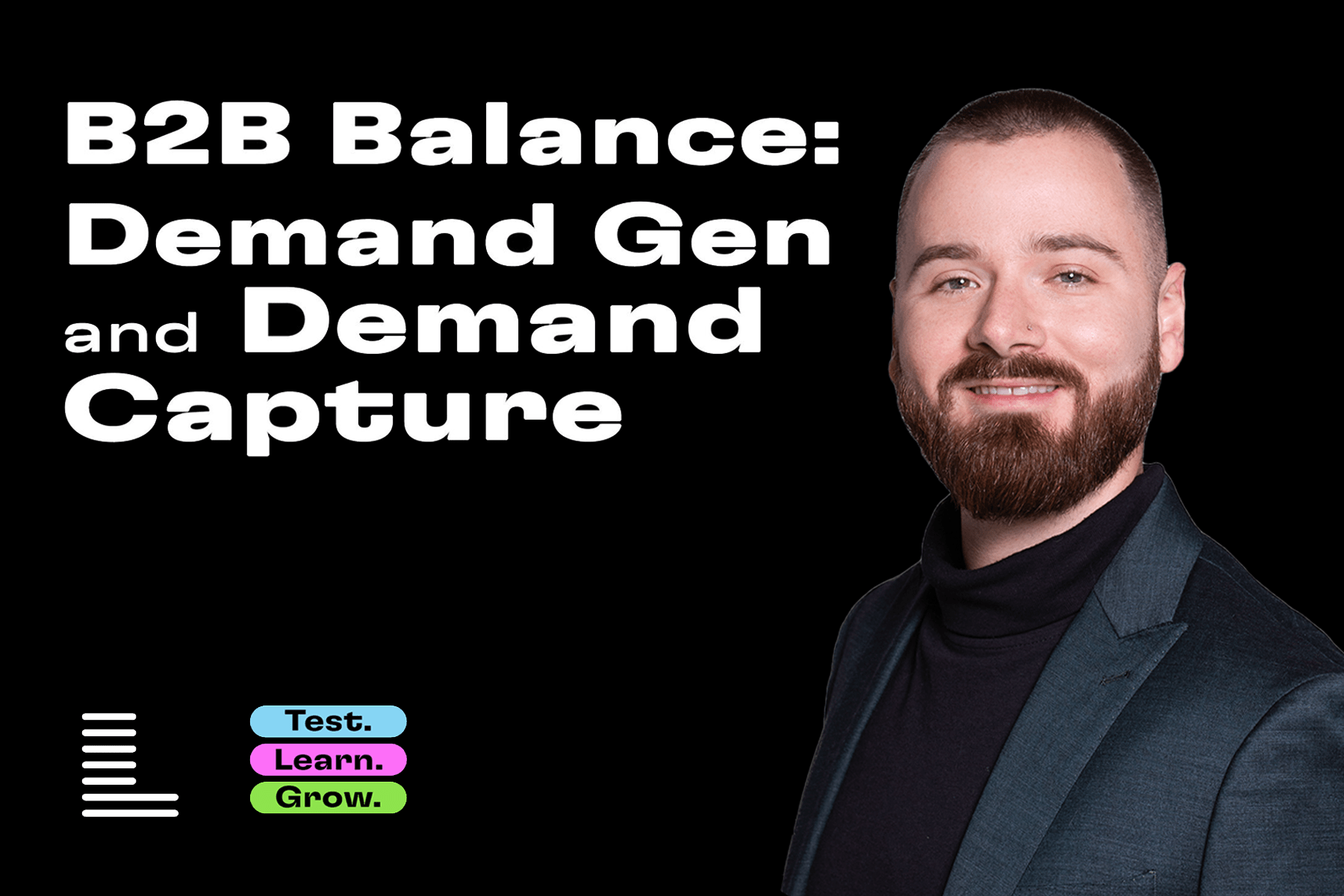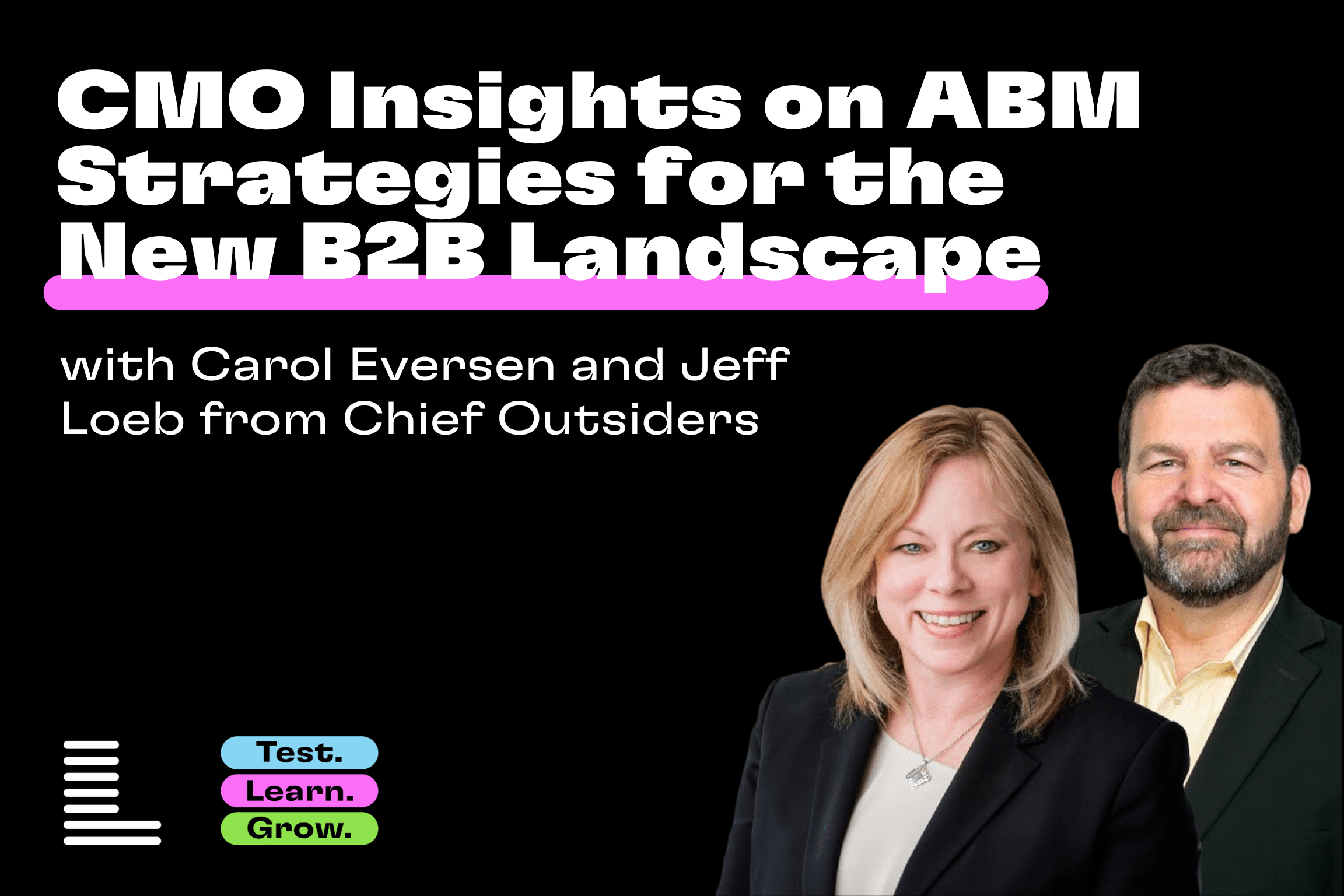In the ever-evolving world of B2B marketing, understanding and leveraging the right strategies can be the key to driving substantial business growth. Two such strategies are Demand Generation and Demand Capture. Though they each have a distinct focus, their convergence can create a dynamic marketing strategy that effectively reaches your target audience. This blog post explores these intertwined strategies, their key differences, and the ways in which they can synergistically drive business growth.
Demand Generation vs. Demand Capture:
Demand Generation is a marketing strategy focused on raising awareness and interest in a company’s products or services. It’s about reaching new audiences, nurturing potential customers, and ultimately creating a demand for your offering. On the other hand, Demand Capture capitalizes on existing market interest, concentrating on capturing and converting the demand that’s already there.
Although these strategies may seem to function differently, they are far from being independent entities. Instead, they are co-existing tactics within the wider B2B marketing strategy, each playing an integral part in the customer journey.
The Power of Integration:
Understanding the unique roles of Demand Generation and Demand Capture is essential, but the real magic happens when these strategies are harmoniously integrated. By generating demand and then effectively capturing it, businesses can create a seamless customer journey, fostering trust and building long-term customer relationships.
The integration of these strategies doesn’t just ensure a holistic approach to marketing—it also paves the way for business growth. Through a combination of raising awareness, nurturing leads, and converting interest into sales, businesses can drive sustainable growth and profitability.
Real-World Examples and Best Practices:
To illustrate this, consider a B2B company that uses content marketing (a demand generation strategy) to raise awareness about their solutions. They create valuable, engaging content that educates potential customers about a problem they didn’t know they had. Once this demand is generated, they then employ demand capture strategies, like targeted email campaigns or remarketing ads, to convert these potential customers into actual ones.
Treating Demand Generation and Demand Capture as distinct yet intertwined strategies can unlock new opportunities for B2B marketers. By understanding and leveraging these co-existing tactics, marketers can create dynamic, effective strategies that drive business growth. Whether you’re a seasoned B2B marketer or just starting out, recognizing the importance of these two strategies and their integration can significantly level up your marketing initiatives.






